What is Center-Cut Pork Roast?
Compared to other parts of the pig, meats from the loin like the center-cut pork roast are considered a lean meat which supports heart-healthy lifestyles. Because it is lean, it has very little fat making it prone to drying out and being tough when cooked. Thus, it is important to consider the type of preparation methods and cooking methods for center-cut pork roasts. Low-and-slow indirect methods can increase the risk of drying out while high heat indirect methods like oven roasting will ensure a juicy, tender product.
Center-cut pork roast can even be cut into steaks and cooked like one on the grill or on the stovetop too!
Nutritional Benefits
- Support the growth and development of infants
- Regulate sleep
- Act as an ingredient in proteins, hormones, and tissue
- Reduce depressive and anxiety related symptoms by increasing serotonin levels
A 3-oz serving of center-cut pork roast contains approximately 200 milligrams of tryptophan. The World Health Organization recommends at minimum 4 milligrams of tryptophan per kilogram body weight. That means, a 190-lb man (86 kg) needs approximately 344 milligrams of tryptophan a day. That’s a little over 4 ounces of center-cut pork roast!
Thiamine, or Vitamin B1, is richest in pork compared to all meats on the market. It supports carbohydrate and fat metabolism, and support the development and functioning of our cells.
Selenium is an essential amino acid that is also richest in pork, but also found in seafood and seaweed products. It acts as an antioxidant to support our immune system and reduce cancer risks, aid in DNA development, and manage the production of our reproductive and thyroid hormones.
Peach Glazed Pork Roast
https://spicysouthernkitchen.com/peach-glazed-pork-roast/
- 1/4 cup soy sauce
- 3 tablespoons dry sherry
- 2 garlic cloves, minced
- 1 teaspoon dry mustard
- 1/2 teaspoon dried thyme
- 1/2 teaspoon white pepper
- 1/4 teaspoon ground cinnamon
- 3 to 4-pound boneless pork loin
Remaining Ingredients
- 2/3 cup peach preserves or pureed peaches
- 1/4 cup chili sauce or ketchup
1. Combine all marinade ingredients in a large ziptop bag. Add pork loin and refrigerate for 2 to 12 hours.
Preheat oven to 325 degrees. Remove pork from marinade, reserving the marinade. Place pork, fat side up, in a roasting pan.
2. Roast until pork reaches an internal temperature of 145 degrees. This can take from 55 to 80 minutes, depending on the size and thickness of your pork loin.
3. While the pork is roasting, place reserved marinade, peach preserves, and chili sauce in a small saucepan. Add 1/4 cup of water and bring to a simmer. Keep warm.
4. When pork is about 15 minutes away from being done, baste it with the glaze.
5. When pork is done, set it on a cutting board or serving platter and let it rest for 15 minutes before slicing. Pour any juices from the roasting pan into the saucepan with the glaze. Reheat the glaze if necessary and serve it with the pork.








